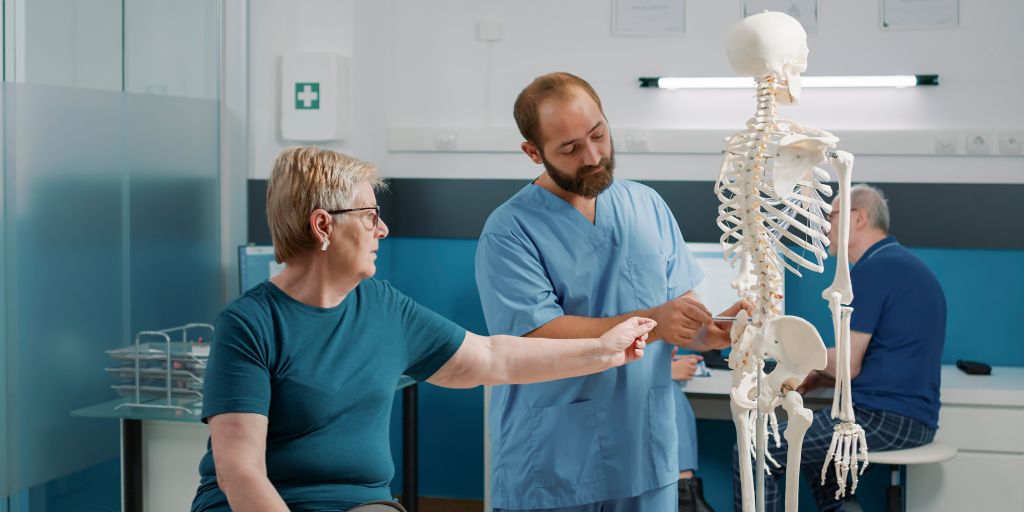
A team from the Royal Orthopaedic Hospital, Aston University and the University of Edinburgh have been awarded a joint research fellowship to develop a working 3D model of the Spinal Cord, to improve understanding of the management of compressive spinal cord pathology.
The fellowship is funded by Orthopaedic Research UK (ORUK), the British Association of Spine Surgeons (BASS) and the British Scoliosis Society (BSS) and the project will run for three years. The team is led by Professor Adrian Gardner – Consultant Spine Surgeon at the Royal Orthopaedic Hospital and Jean-Baptiste Souppez – Senior Lecturer Mechanical, Biomedical and Design Engineering at Aston University.
The idea for the project came about following a discussion between colleagues about a patient presenting with a multi-level degenerative cervical spine with multi-level spondylolisthesis. Multiple vertebra in the patient’s neck were compressing on each other and several of these vertebra were pushed forwards creating an unstable spine.
Professor Gardner said: “I was able to make recommendations, however this was based on training over the years and experience. For example, there are multiple ways to approach this kind of injury – you could go in from the front (anterior) or the back (posterior), but the decision is largely down to how you’ve been trained. It occurred to me that a physical model could be used to better understand the pathology and use scientific evidence to inform surgical solutions for our patients here at the Royal Orthopaedic Hospital and across the globe.”
Professor Gardner worked through potential options with contacts at Aston University, who recommended using 3D printing to simulate the different ways spinal cord compression happens, and its management. The model would be made up of a 3D printed, fully articulated vertebral column and use tuneable pneumatic pressure to replicate the spinal cord. Adjustable to reflect various spinal conditions, the model would enable spinal teams to test the likely impact of different procedures.
Degenerative Cervical Myelopathy (DCM) is one of the most common spinal injuries, caused by severe compression in the neck. This compression can come as a result of inflammation, arthritis and age. It can lead to issues with balance, dexterity and control of the bowel and bladder. If left untreated, myelopathy can lead to permanent spinal cord injury and nerve damage.
Professor Gardner explains: “Despite being common, DCMs are under researched. As spinal surgeons we often refer to it as a silent disease – studies show about 2% of the adult population have DCM, but the real number could be much higher. This is because patients may not be aware that they have a degenerative cervical myelopathy and will put their symptoms down to aging, never seeking out treatment.
“With this fellowship we have the chance to enhance understanding of the best way to treat this under-researched condition and better support clinicians with their management plans. Timing is key in treating people with DCM to maximise recovery and outcomes, but surgeons have always been appropriately cautious due to the lack of research in this space. Ultimately, we hope that this model will help demonstrate that earlier intervention can prevent DCM becoming a serious disability.”
The project is supported by three students from the University of Aston who sit across different engineering disciplines: Design Engineering, Biomedical Engineering and Mechanical Engineering.
Jean-Baptiste R. G. Souppez, Senior Lecturer in Mechanical, Biomedical and Design Engineering at Aston, co-lead on the project, comments: “The award of the inaugural ORUK/BASS/BSS fellowship has been instrumental in enabling this joint research project between the Royal Orthopaedic Hospital and Aston University’s Mechanical, Biomedical and Design Engineering department.
“It is also fantastic to see the joint effort from three engineering disciplines, coming together to strengthen our commitment to our local community partners, developing innovative solutions to real-world problems as part of our Engineering for Health research centre at Aston University.”








